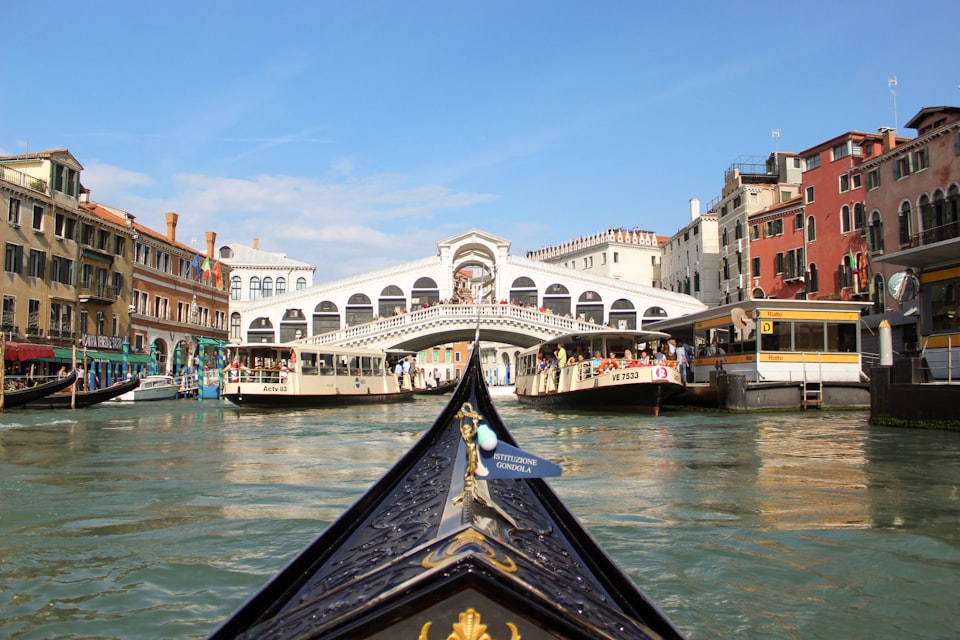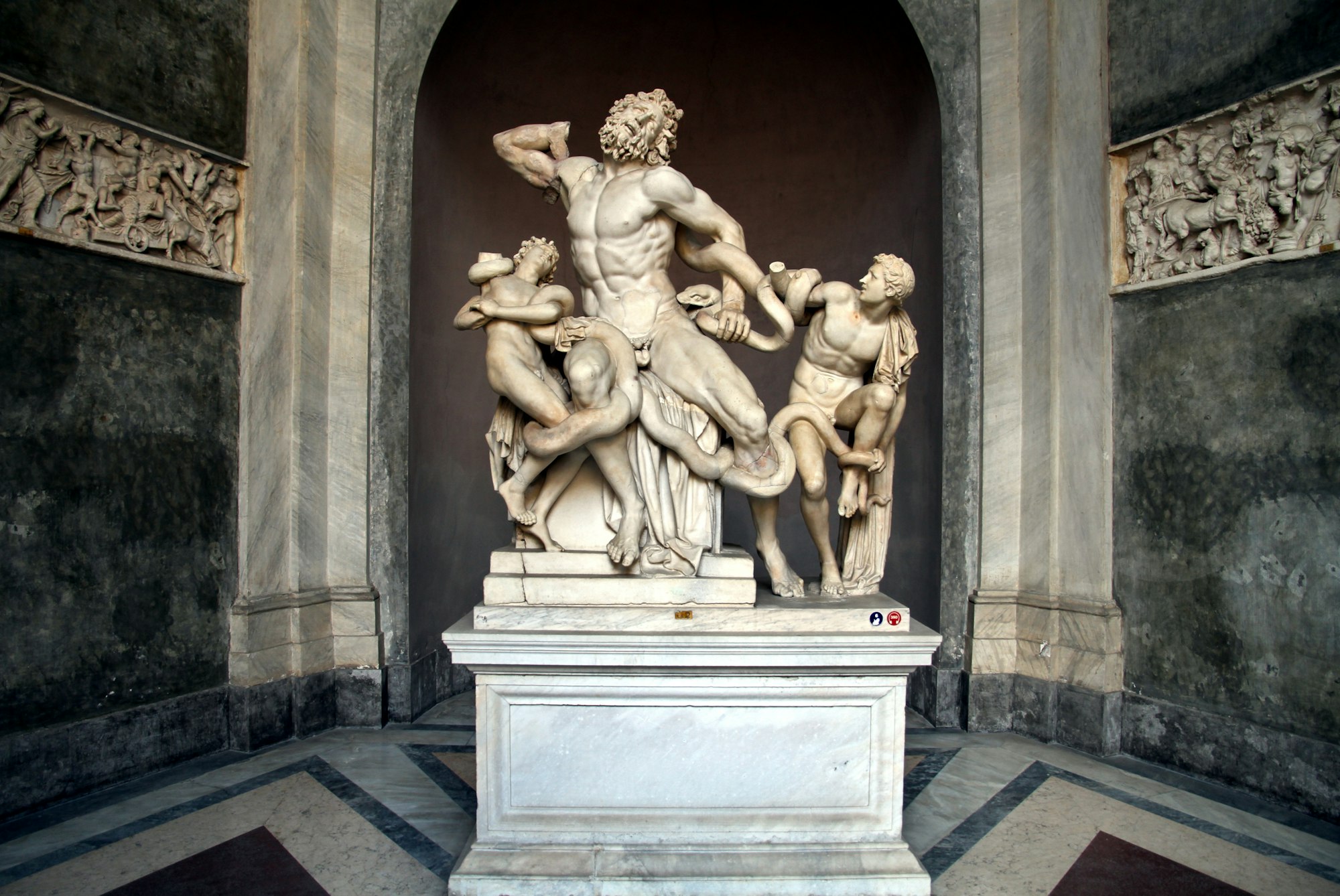My Love Affair With Venice

My love affair with Venice began in 2005 on my very first trip to Italy. I had planned a two week research trip, by myself, that started in Venice and ended in Rome. My husband had shown me an article about an art historian who believed a sketch by Michelangelo, dated 1504, was of the torso of Laocoön, the statue that Pope Julius II paraded through the streets of Rome and subsequently launched the Vatican museum. But Laocoön wasn’t discovered until 1506, and it’s discovery changed the world of Renaissance art.
How did Michelangelo sketch a statue that was still buried in the earth? The hypothesis was simple: Michelangelo forged the statue and buried it.
I spent 6 months researching Michelangelo’s life, his art commissions, and his war with Pope Julius II. I came to the conclusion that the hypothesis might be true. I built a 76-page itinerary—fully color-coded—because I’m that anal, and set out across Italy to walk the steps of Michelangelo and those I believe assisted with his subterfuge.
I hunted for evidence in the art world itself. Since I wanted to write a novel, I also sought ambiance from historical locations and wrote down the smells of restoration sites with turpentine and plaster dust hanging in the air, the sounds of echoing footfalls in an empty cavernous church or of a single woman weeping in a side chapel, the taste of rustic breads, the sight of sunset over St. Peter’s basilica in Rome, and the smoothness of Istrian stone supporting Venetian palazzos.
After that first trip, I could walk into any museum room and at a glance, tell you which paintings were completed before or after 1506, the year of Laocoön’s discovery. But I couldn’t tell you how the artist felt when he painted it. I wrote a novel. It read like an 800-page art history dissertation. Snore-ville! Even though the entire novel is centered around Michelangelo, Bramante, Rafael, Sansovino, and Pope Julius II, the reader never becomes invested in the characters. I understood the history, the places, the art, but not the men or what motivated them.
Anyone can sing a song, but for it to resonate and draw in a listener, it must be sung with emotion. It is the emotion of the song that tells a story. My novel was missing the emotion.
But seventeen years later, I’m still drawn to the story of Laocoön, which I believe to be Michelangelo’s greatest forgery—Some forgeries were documented—and with every art museum exhibit, every church, every trip to Europe, I see more evidence for the pieces of the story. But now I seek to understand why Michelangelo and Pope Julius II were at such odds with each other. For that, I have to understand people.
Venice is an amazing city to study not just history, ambiance, food, beauty, and smells, oh so many smells, but to study people. And out of that study, came the novel, Will Write for Wine.

